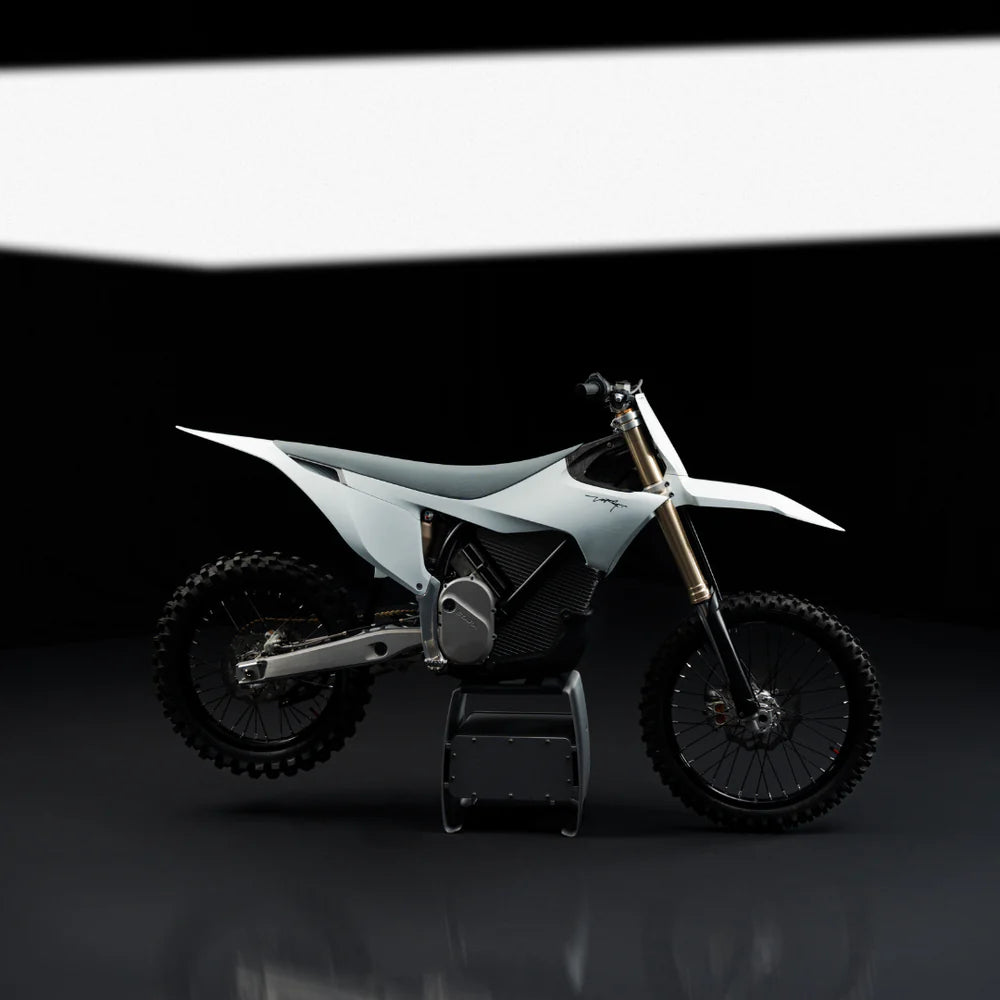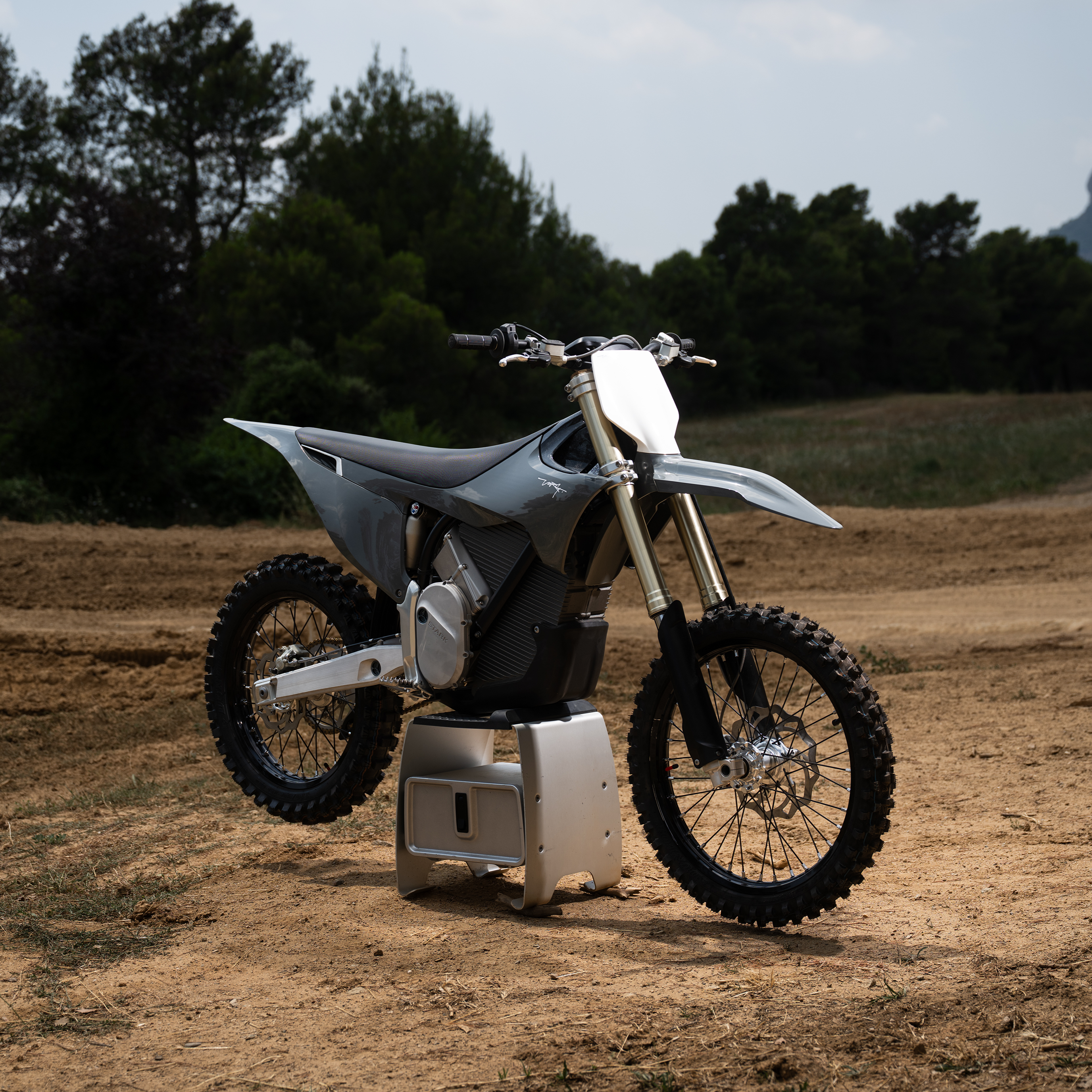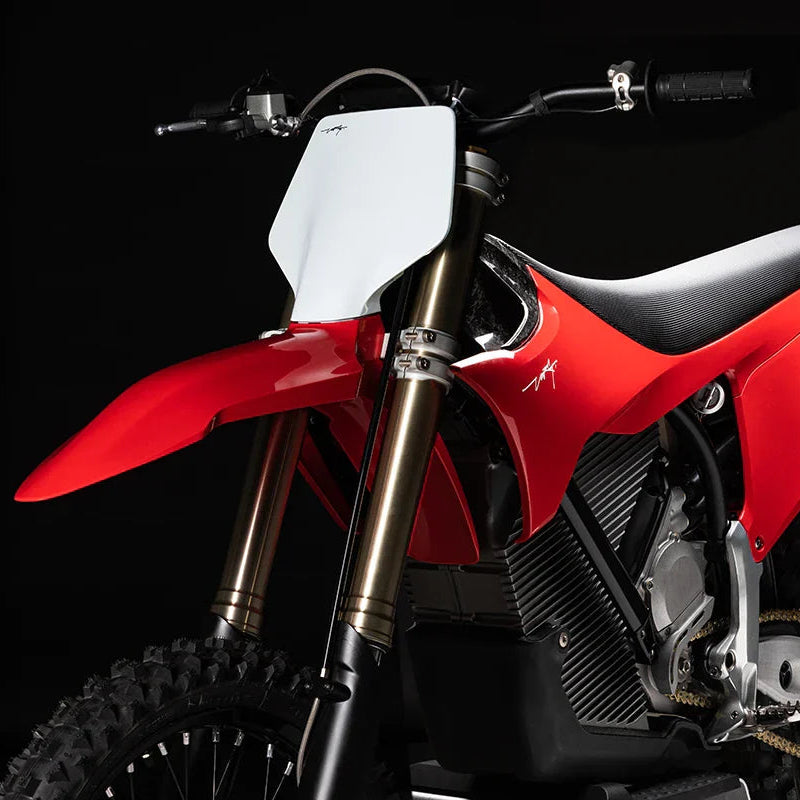With the rise in electric vehicles and their increasing role in the world, the same trend is being mirrored in the sport of motocross. One of the most talked-about electric bikes of today is the Stark Varg. You might have heard us discuss this bike a fair bit recently here on Moto101, but that is just our excitement over this brilliant creation.
Known for its innovative design and impressive performance, the Stark Varg is often compared to traditional gas-powered bikes. One key comparison between them is their maintenance. Understanding the difference between the maintenance schedules of the Stark Varg and a conventional gas bike can help potential buyers make an informed decision on their next bike purchase. Here, let us dive into the specifics:
The Basics of Gas Bike Maintenance
With traditional gas-powered motorcycles being complex machines, they require regular attention. A breakdown of the typical maintenance tasks include:
- Oil Changes: This is probably the most frequent and essential task that everyone must perform. The engine oil needs to be changed every 3,000 to 5,000 miles, depending on the bike usage – helping the engine run smoothly and preventing excessive wear and tear.
- Air Filter Replacement: Dust and debris will clog the air filter, reducing engine efficiency. We recommend checking and replacing the air filter every 12,000 to 15,000 miles to avoid this.
- Spark Plugs: These ignite the fuel-air mixture in the engine. They need inspection every 8,000 to 10,000 miles and replacement around 15,000 to 20,000 miles.
- Chain Maintenance: The chain should be lubricated every 500 miles and adjusted for tension regularly to ensure smooth power transmission and prevent premature wear.
- Brake Fluid and Pads: Brake fluid should be replaced every two years, while brake pads need inspection and replacement based on wear, typically every 20,000 to 30,000 miles.
- Coolant: For liquid-cooled bikes, coolant levels should be checked regularly and replaced every two to three years to prevent overheating.
- Valve Adjustments: Depending on the bike, valve clearances may need adjustment every 15,000 to 30,000 miles to ensure optimal engine performance.
- Fuel System Maintenance: Carburettors or fuel injectors need cleaning to maintain fuel efficiency and performance. This task is typically performed during regular tune-ups.
Stark Varg Maintenance
The Stark Varg, like most other electric motorcycles, offer a fundamentally different experience – including in its maintenance. Electric bikes have fewer moving parts and no need for fuel combustion. What this does mean, is that the maintenance schedule is not only less frequent but also simpler. Here is what to expect:
- Battery Care: The battery is the heart of an electric motorcycle. While it doesn’t require frequent maintenance, it’s crucial to follow best practices for charging and storage. Most manufacturers recommend avoiding extreme temperatures and not letting the battery drop to zero charge frequently. Periodic checks by a professional can ensure the battery is in good condition.
- Brake System: Similar to gas bikes, the brake fluid needs to be replaced every two years, and brake pads should be checked and replaced based on wear.
- Tyres and Suspension: Tyre pressure and tread should be inspected regularly, and suspension components need periodic checks and adjustments to ensure a smooth ride.
- Firmware Updates: One unique aspect of electric motorcycles is the software that controls various functions. Regular updates can enhance performance and add new features. These updates are often done over the air or during service visits.
- Cooling System: While electric bikes don't have traditional engine cooling systems, some components like the battery and motor might have cooling systems that need occasional checks.
- General Inspection: Electric motorcycles still need regular inspections to ensure that all components, from the frame to the electrical connectors, are in good condition.
Comparing the Two
Between the maintenance schedules of the Stark Varg and a regular gas bike, the most noticeable difference is the frequency and complexity of the tasks involved. Whilst the gas bikes require more regular and intricate maintenance, the Stark Varg benefits from its simplicity.
With no oil change, spark plugs to replace, or fuel systems to maintain, owners can enjoy more ride time and less time – and money – spent on maintenance. The primary focus is on battery care, alongside the common motorcycle tasks such as brake and tyre maintenance.
Cost Implications
In terms of cost, Stark Varg’s simpler schedule means a lower overall cost. The initial purchase price of an electric bike may be higher, but the savings and fuel can offset this over the bike’s lifetime.
Conclusion
Choosing between a Stark Varg and a traditional bike may involve many factors, but we assure you that maintenance is one of the most important ones to consider. The Stark Varg offers simplicity, which is already a leading advantage. But it also manages to prove more cost-effective and appeals to riders who want to spend more time on the track and less time fixing their bike up. However, we know that traditional bikes still hold the appeal of riders who enjoy the more hands-on aspect of motocross and motorcycle maintenance.
Ultimately, the decision is down to you. What are your personal preferences? What riding habits do you have and what are your priorities when it comes to motocross? We at Moto101 recommend the Stark Varg (seen here) but both electric and gas bikes have their unique charms. Through understanding the maintenance demands of each type, you can make the best choice on your next ride of your adventure.














